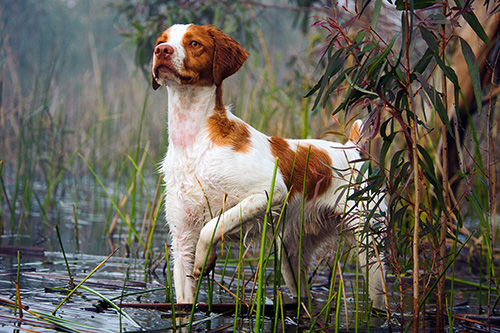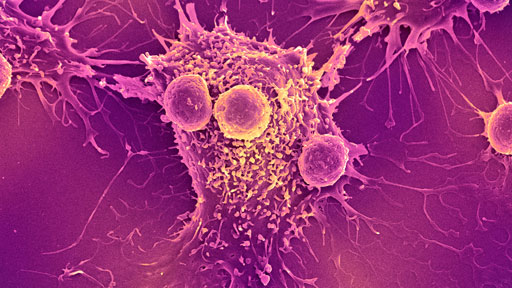Understanding Athletic Performance
In other studies, largely in humans, researchers have identified about 200 germline mutations - gene variants that can be passed on to subsequent generations - that influence athletic outcomes. They include genes that regulate blood pressure, muscle size, oxygen use and fatigue resistance. Because it's difficult to identify gene variants' influence on human populations over time, NHGRI researchers turned to domesticated dogs to learn about gene variants for athletic performance.
"Identifying gene variants that enhance athletic performance in dogs may help us better understand the basis of human athletic performance," said Jaemin Kim, Ph.D., lead author and staff scientist in NHGRI's Cancer Genetics and Comparative Genomics Branch. The researchers relied on a new global database of the whole-genome sequences of 722 dogs across 44 domestic breeds, along with sequences for canine relatives, including wolves, foxes and jackals.

Dr. Kim and his colleagues, part of the NHGRI Dog Genome Project led by Elaine A. Ostrander, Ph.D., examined whole genome sequence data of 21 sport hunting and 27 terrier dogs. This group included 10 breeds of hunters, including Spaniels, Setters and Pointers and nine breeds of terriers included Airedales, Border, Irish, Jack Russell, Kerry Blue, Scottish, Soft Coated Wheaten, West Highland White and Yorkshire. They also included whole genome sequence data from 79 village dogs from the Middle East, South American, Asia and Africa. Village dogs, not bred for any particular traits, provided a comparison group that enabled researchers to detect a gene or gene variant that stood out in either sport hunting or terrier dog genomes.
Researchers compared the dogs' genome sequences, focusing on 59 genes underlying cardiovascular, muscular and neuronal functions that are under strong selection in sport hunting breeds. With these data in hand, they looked at how different breeds performed in agility trials. These timed contests, in which dogs navigate an obstacle course under the direction of their owners, provide an excellent test of dog athleticism and physical fitness. Of the 59 gene candidates tested, they determined that breeds with the ROBO1 gene variant were more likely to earn titles at agility events. ROBO1 gene has been suggested to be associated with the ability to learn.
They also homed in on the function of six of the 59 genes also related to athletic performance (ADRB1, ASIC3, RYR3, TRPM3, UTRN and ROBO1). Among their other findings:
- A loss-of-function variant of the ASIC3 gene in sport hunting dogs enhances muscle endurance by reducing pain. In a previous study in mice, researchers discovered that the ASIC3 gene is linked to muscle pain after exercise.
- In another experiment involving racing whippets, they discovered that variants in the MSTN gene variants were associated with superior racing performance.
- Mutations to the CDH23 gene, which have been linked to hearing impairment in mice and humans, were significantly more common in sport hunting dogs than terriers. Researchers think that they may have been selectively bred for this trait to reduce their startle response to gunshots. The gene is located in the region associated with Usher syndrome type 1 in humans. Symptoms include peripheral vision and hearing loss, as well as speech delays related to hearing loss in humans.
The study also examined the genomics of terriers, courageous and tenacious dogs that have traditionally been employed to rid rural and urban landscapes of vermin. In terriers, they found that gene variants of RSPO2 were associated with their characteristic moustache and eyebrows. Gene variants associated with autism-like behaviors, hyperactivity and panic responses in mice (SHANK2 and OXR1 genes) were also more prevalent in terriers. These human behavior complexes, in the context of terrier breed traits, could explain the terriers' distinctive responses to stimuli, territoriality and confrontational attitudes that have resulted from generations of selective breeding.
Dr. Kim plans to next conduct research on herding dogs. He will investigate the genetic basis of herding behavior, which has been linked in previous studies to schizophrenia in dogs.



